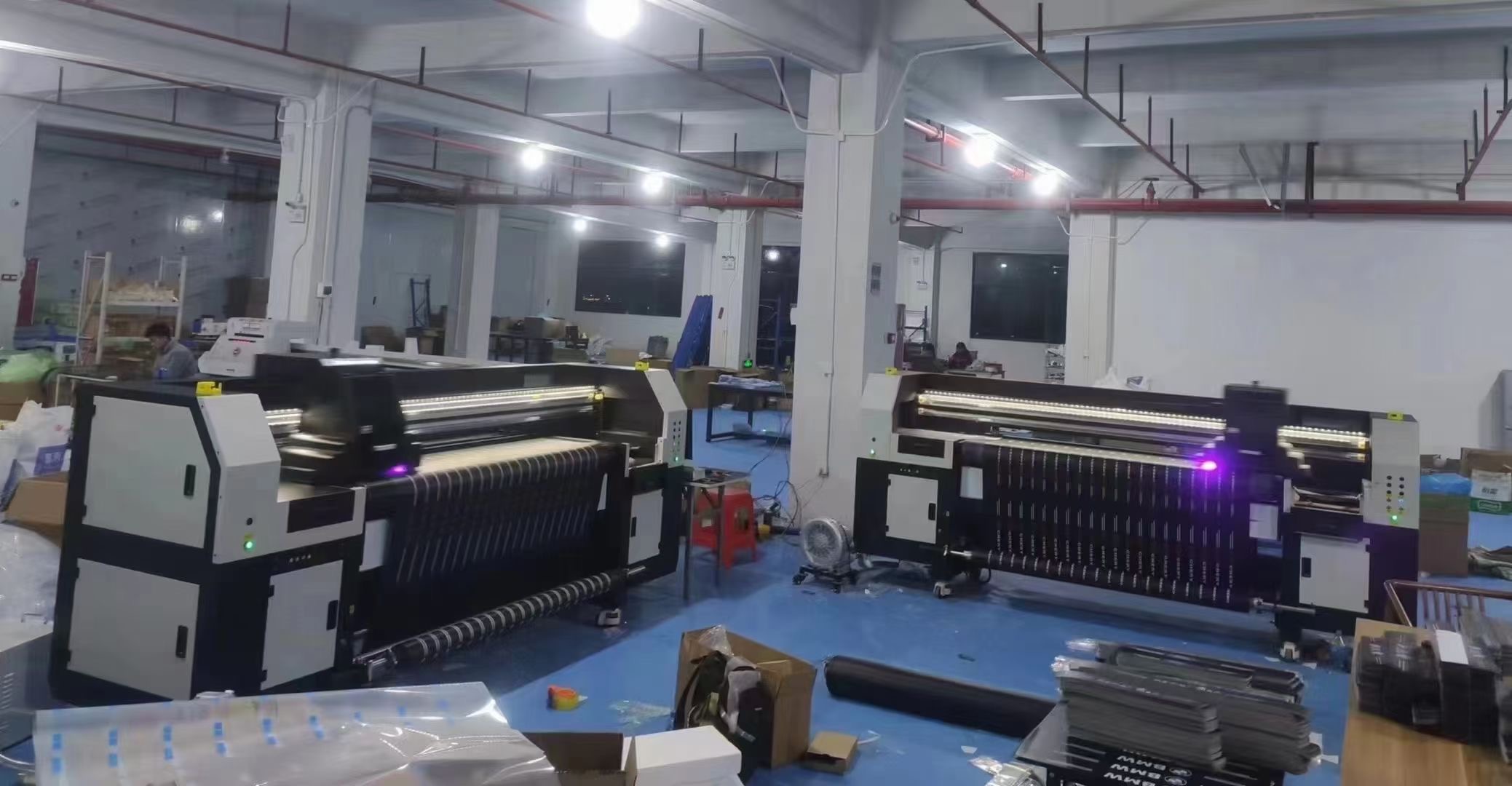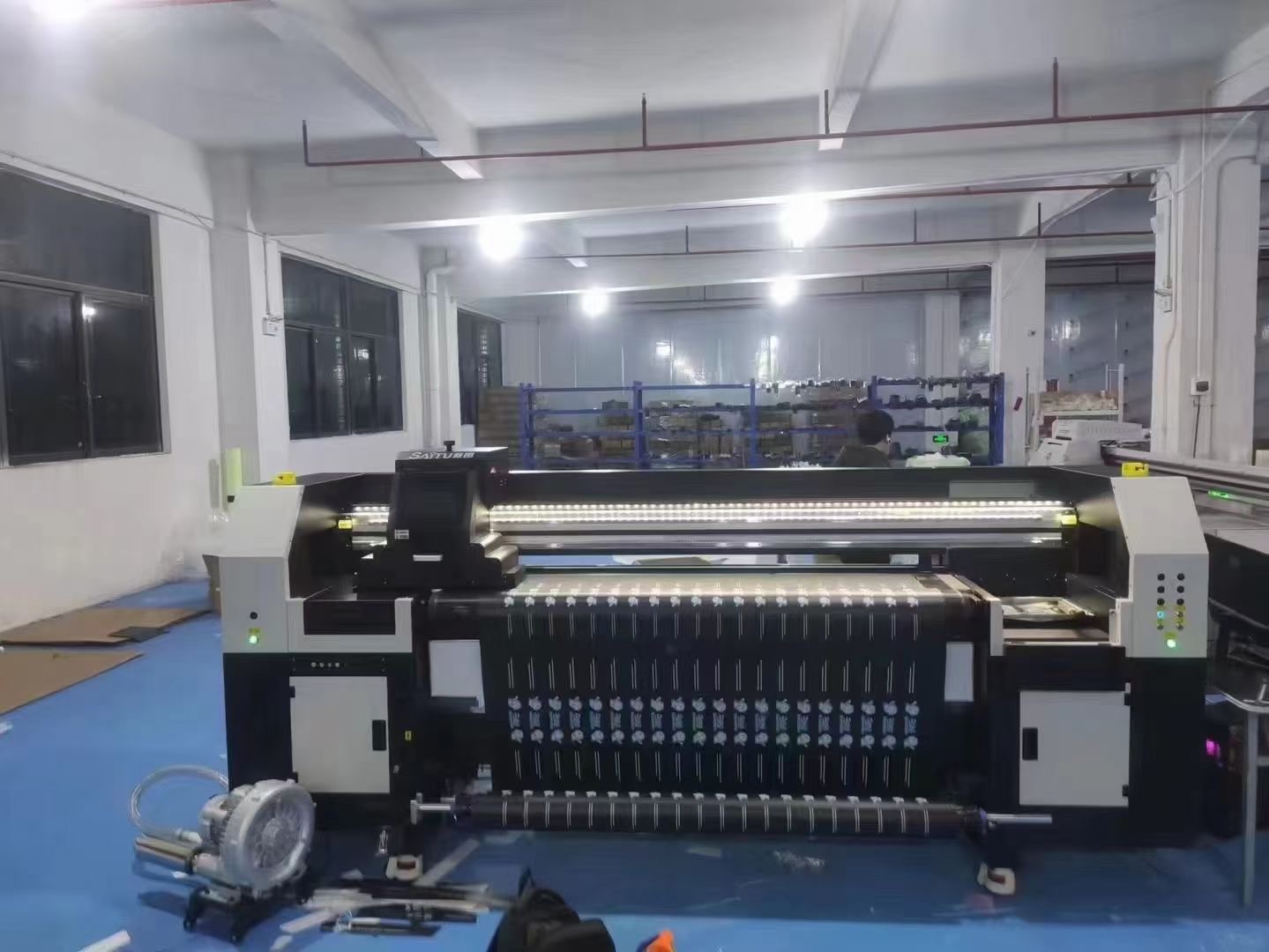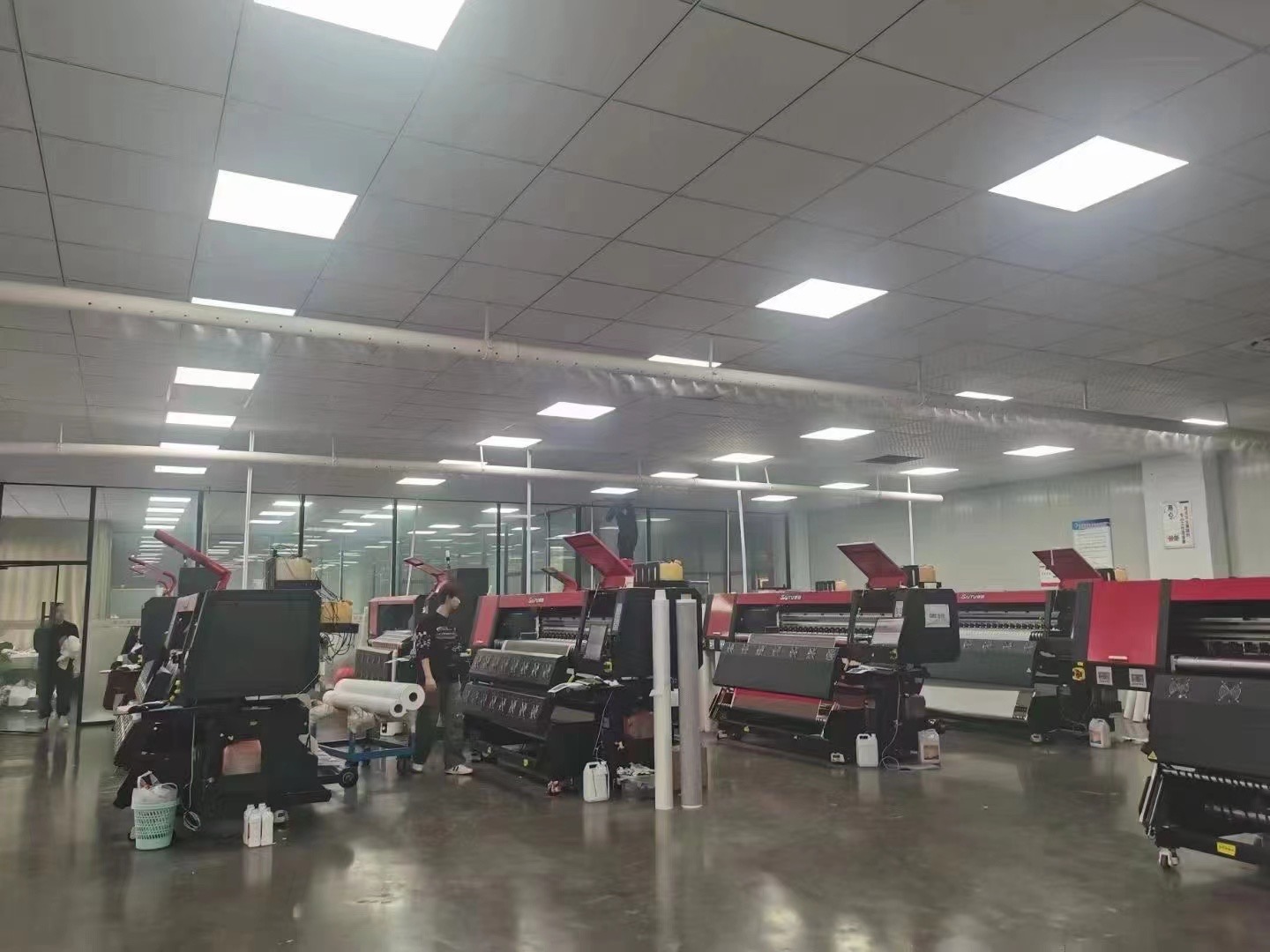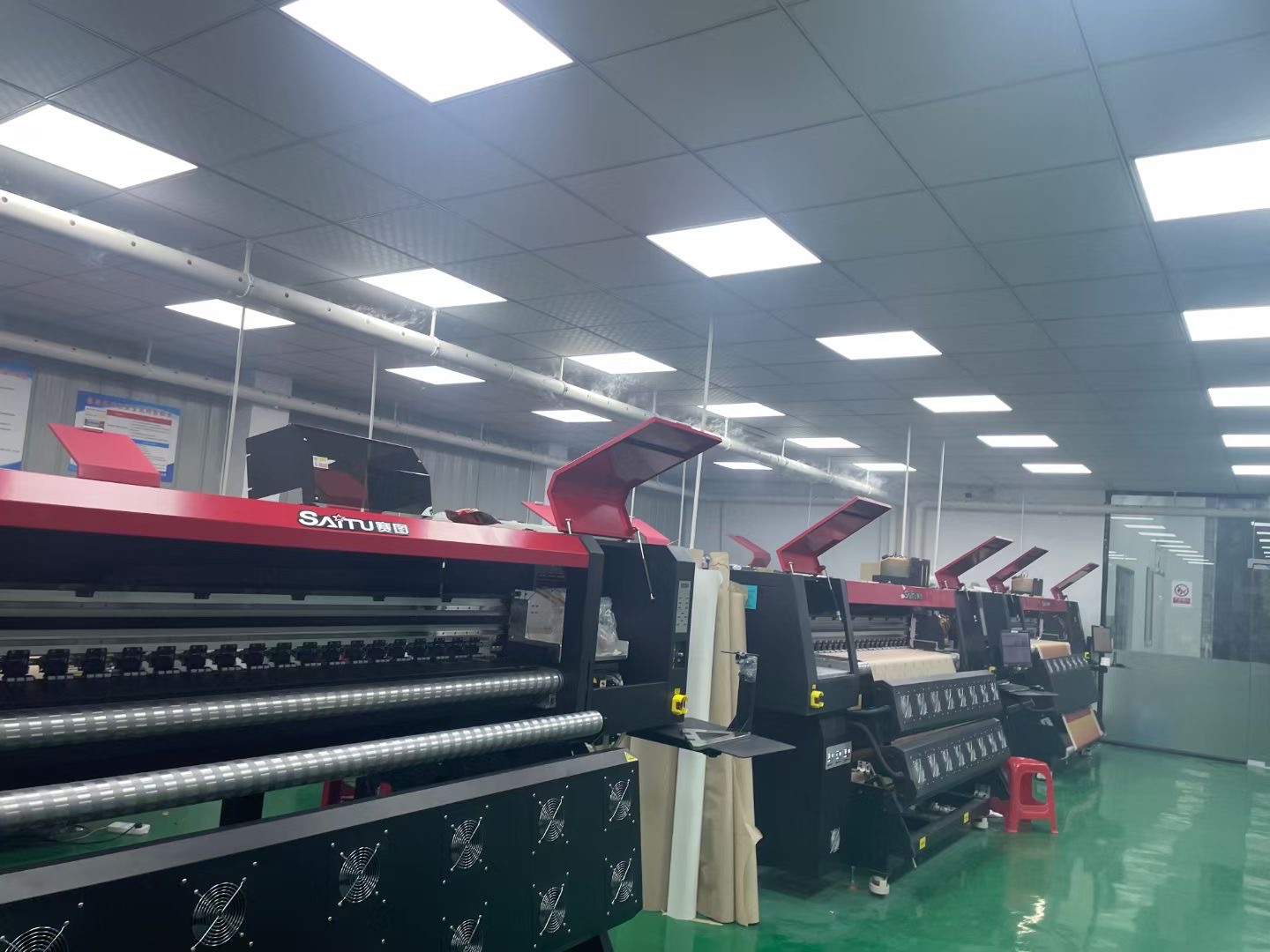Why does the printer have static electricity?
During the winter, humidity levels drop significantly, and in some areas,it can fall below 20%, leading to severe static electricity. It becomes crucial to understand the causes of static electricity in printers and adopt preventive measures to avoid its detrimental effects on print quality and equipment.


Causes of static electricity in printers:
1. Climate and environmental factors: Low humidity levels can cause static electricity to build up. The lack of moisture in the air increases the propensity for static charges to accumulate in printers.
2. Material-related factors:Certain materials, especially those lacking proper anti-static treatments, can generate static charges. Components such as the central axis and the contact points with paper within the printer are particularly prone to static buildup. Low-quality, inexpensive materials like PP photo paper often have high plasticity, which significantly increases the risk of static electricity.
Harmful effects of static electricity in printers:
1. Print quality impact:Static electricity can affect print quality by causing issues like ink leakage or scattered ink during the printing process.
2. Equipment damage: Excessive static charges can lead to severe consequences such as damage to print heads and electronic components, even resulting in the burning of the motherboard.


Solutions to prevent static electricity in printers:
1. Grounding the printer: Connect a 4mm diameter copper wire from the printer’s metal body to a 1.5-2 meters depth underground. Ensure surrounding areas are soaked with saltwater.
2. Avoid using electrostatic computers: Computers that generate static charges due to faulty power supplies or poor-quality motherboards can damage printers. Ensure computers are also grounded separately from the printer.
3. Maintain optimal humidity levels: Maintain indoor humidity levels between 40%and 60%, which helps dissipate static electricity in the air without affecting ink jet functionality.
4. Stabilize room temperature: Maintain a stable room temperature between 15-30℃, with humidity levels ranging from 35% to65%, for an optimal printing environment.
5. Optimize print speed: Choosing an appropriate print speed can reduce the occurrence of static electricity.
Preventing static electricity in printers is crucial for maintaining print quality and avoiding costly equipment damage. By understanding the causes and implementing the suggested solutions, printers can operate efficiently and consistently regardless of the season or environmental conditions.
